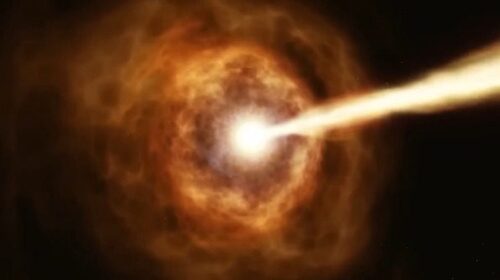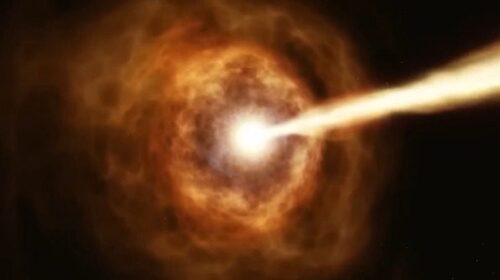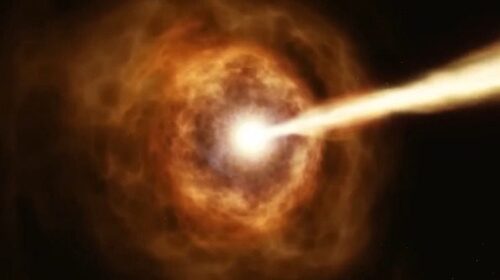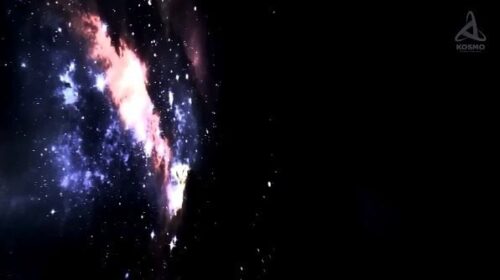
Unveiling the Unsettling Findings: James Webb Telescope Detects Astonishing Phenomenon at the Edge of the Universe
For many centuries, humans have wondered exactly what lies at the edge of the universe, but have had no clue.
However, barely months after the new James Webb Space Telescope became operational, it has discovered something huge and tantalizing at the edge of the universe that threatens to turn physics upside down.
What has the new Space Telescope found at the edge of the universe?
Why are scientists so excited about it? Join us as we dive into how the JWST just discovered something massive hiding on the edge of the observable universe.
Have you ever wanted to complete a task but wished you had the proper tools?

Perhaps you wanted to geek out your smartphone but lacked the precision tools to crack it open or badly needed a flamethrower?
Scientists worldwide were once in that position until the launch of the James Webb Space Telescope.
The JWST is simply the most powerful telescope humans have ever dreamed up. The father of the telescope, Galileo Galilei, must be proud of how far we have brought his craft.
However, their progress comes at a steep price – 10 billion dollars – and with a lot of panicky moments during the launch.
Since everything has gone well with the launch and setting up of the JWST in its permanent orbit, NASA can sit back and enjoy the massive scientific returns from the massive space observatory.

The JWST has been delivering. In the short time scientists have had a go at it, the JWST has revealed truly shocking things about our universe, many of which the scientists didn’t see coming at this rate.
It is not an exaggeration to say the JWST will challenge everything we thought we knew about the universe.
Just as expected, the JWST is already taking us far back into the past and nearer to the edge of the universe.
Scientists call this part of time a glimpse of the early universe. This is due to its ability to detect the faint light of incredibly distant galaxies as they glow in infrared light, a wavelength that is invisible to the human eye.
As such, the image we are talking about here has been helping astronomers to better understand how galaxies formed and evolved in the early days of the universe.

The image that has excited scientists captured a galaxy cluster, Max 0647, as well as the distant galaxy Max 0647jd.
The cluster appears as a dazzling grouping of galaxies that shine like precious gems against the dark backdrop of space.
The distant galaxies are visible thanks to a certain type of observational phenomenon due to the cluster.
This phenomenon is called gravitational lensing, and it occurs when galaxies in the foreground act like magnifying glasses, allowing us to see the more distant objects behind them.
Small boxes were used to pinpoint the Galaxy Max 0647jd, and more detailed images of the galaxy are aligned along the right side of the image.
The cluster essentially triple-lenses the galaxy, magnifying it and causing it to appear in three separate places within the image. Each box on the right showcases different details of the galaxy.
While Max 0647jd was discovered 10 years ago using the Hubble Space Telescope, it took the JWST not long to reveal something surprising about the cluster.

There are two features. Here is what happened using the Hubble: it was just the pale Red Dot. We could tell it was really small, just a tiny galaxy in the first 400 million years of the universe.
However, with the powerful JWST, scientists were able to resolve two objects. Are these two galaxies or two clumps of stars within a galaxy? They don’t know yet, but guess what they are banking on to get the answers: the JWST.
